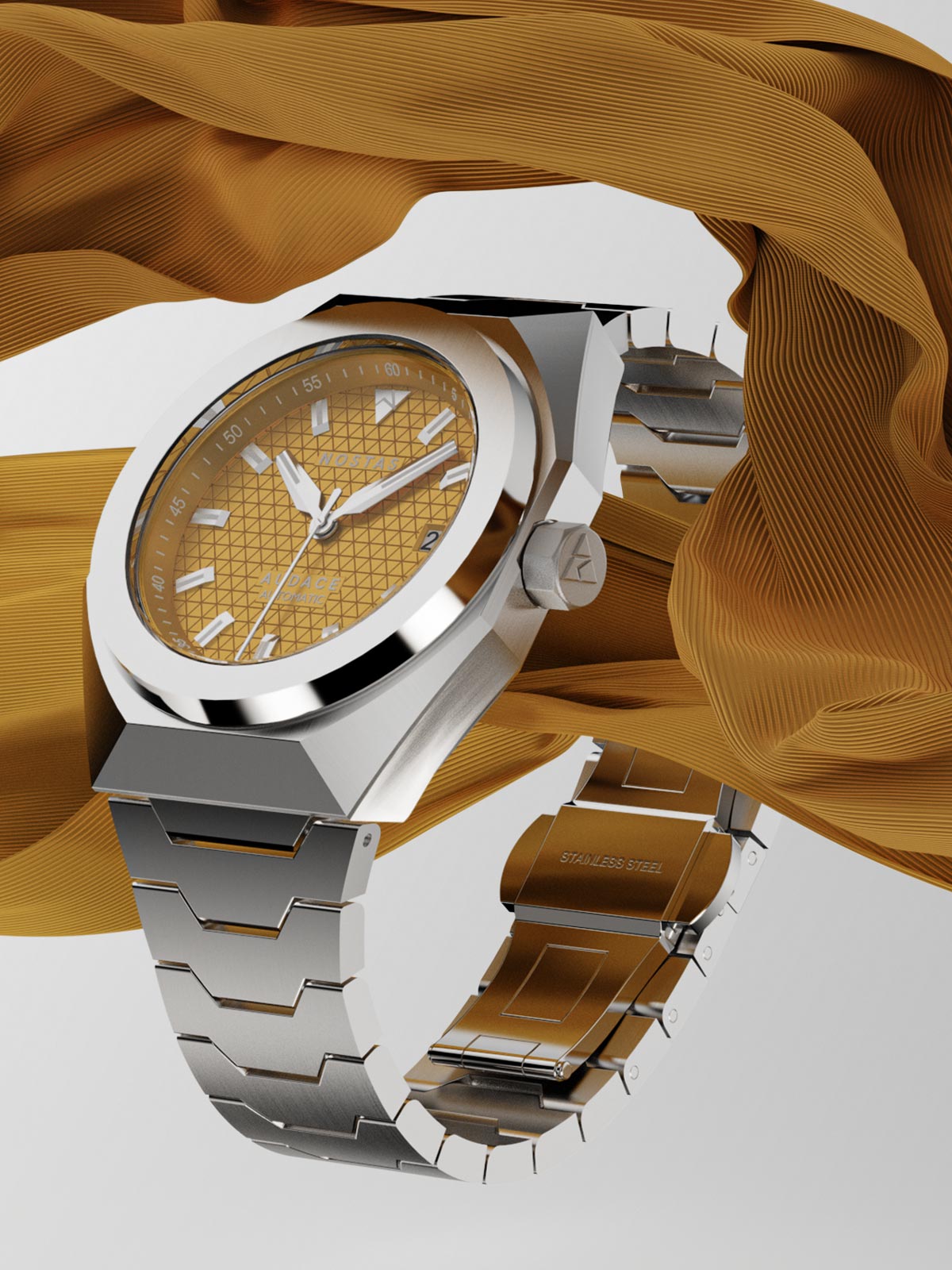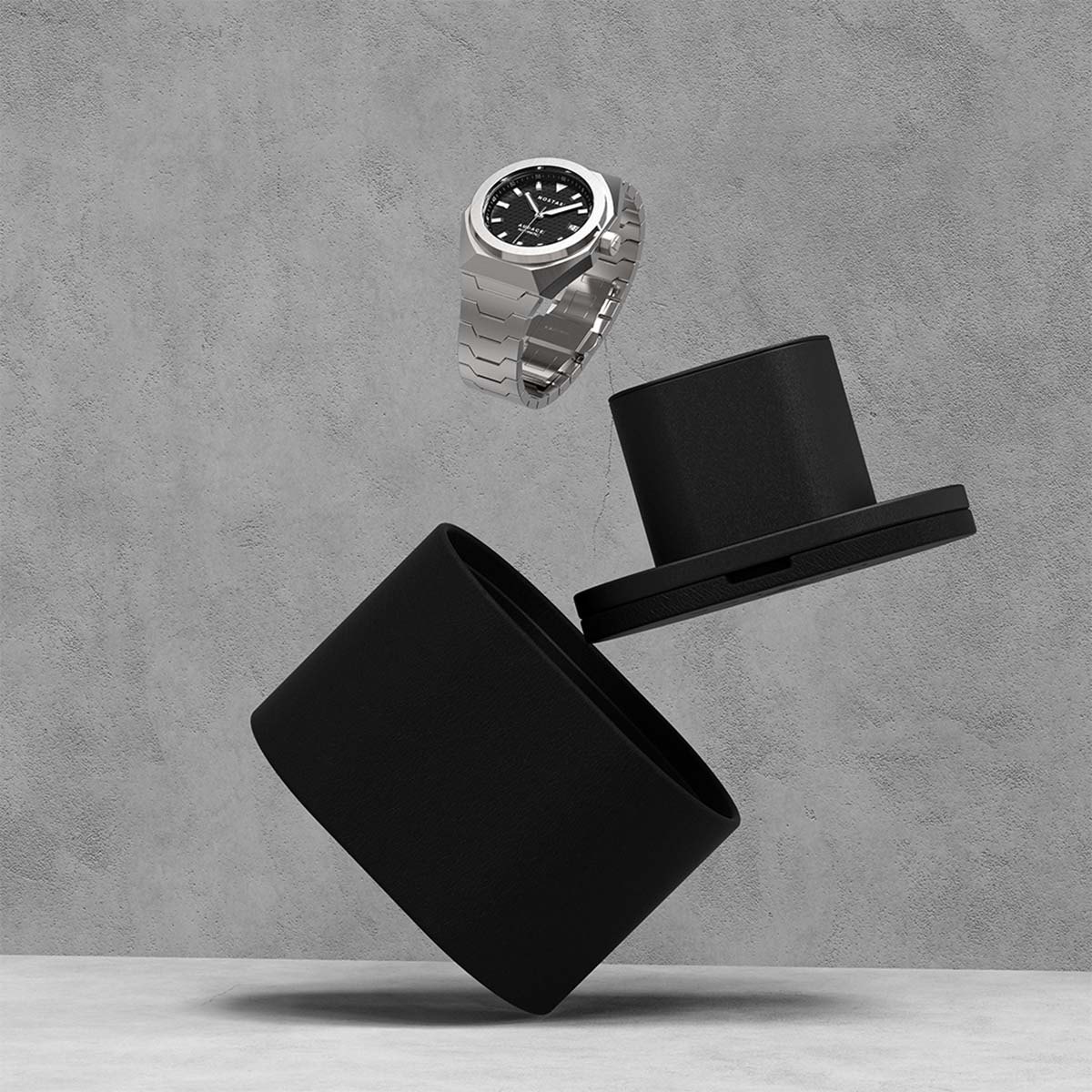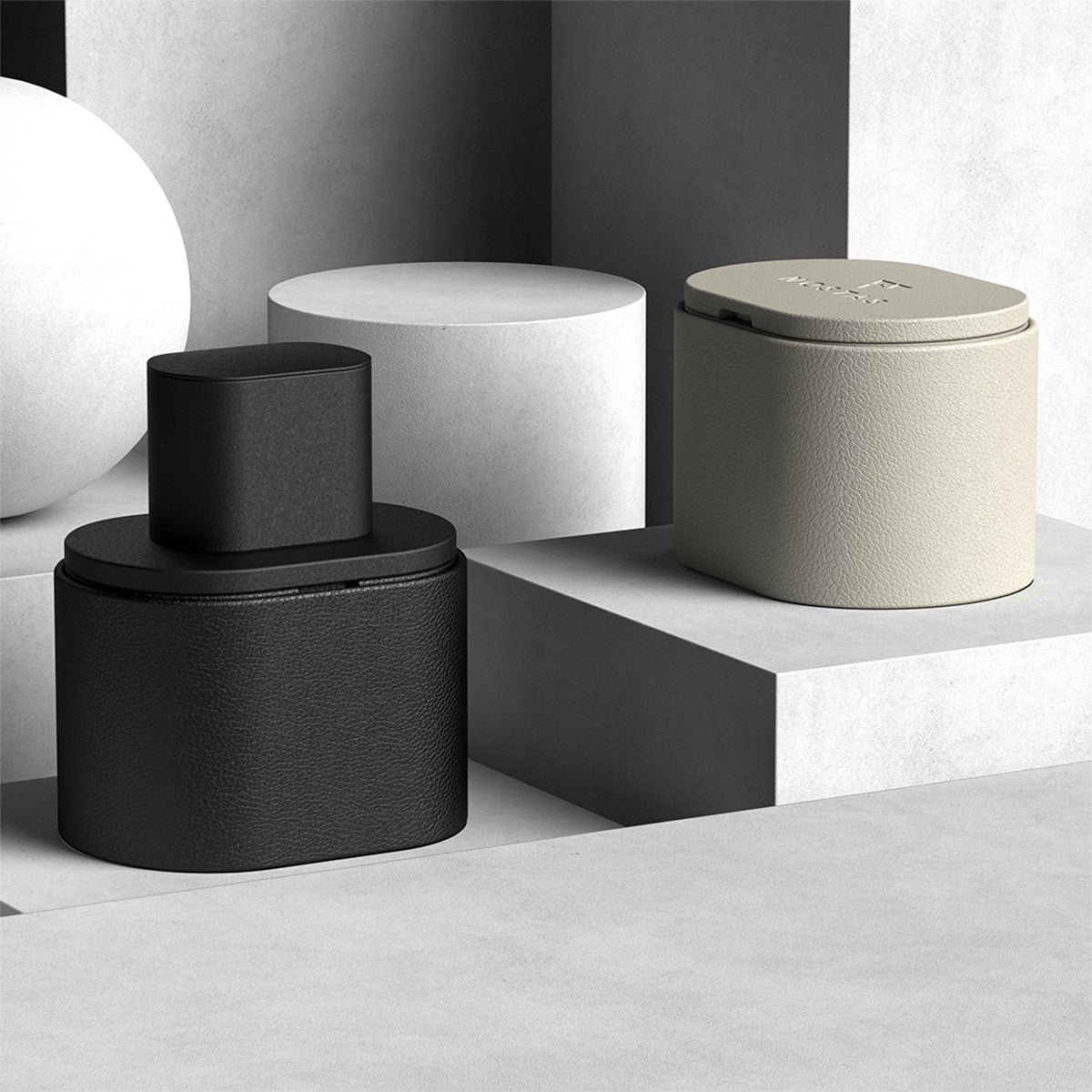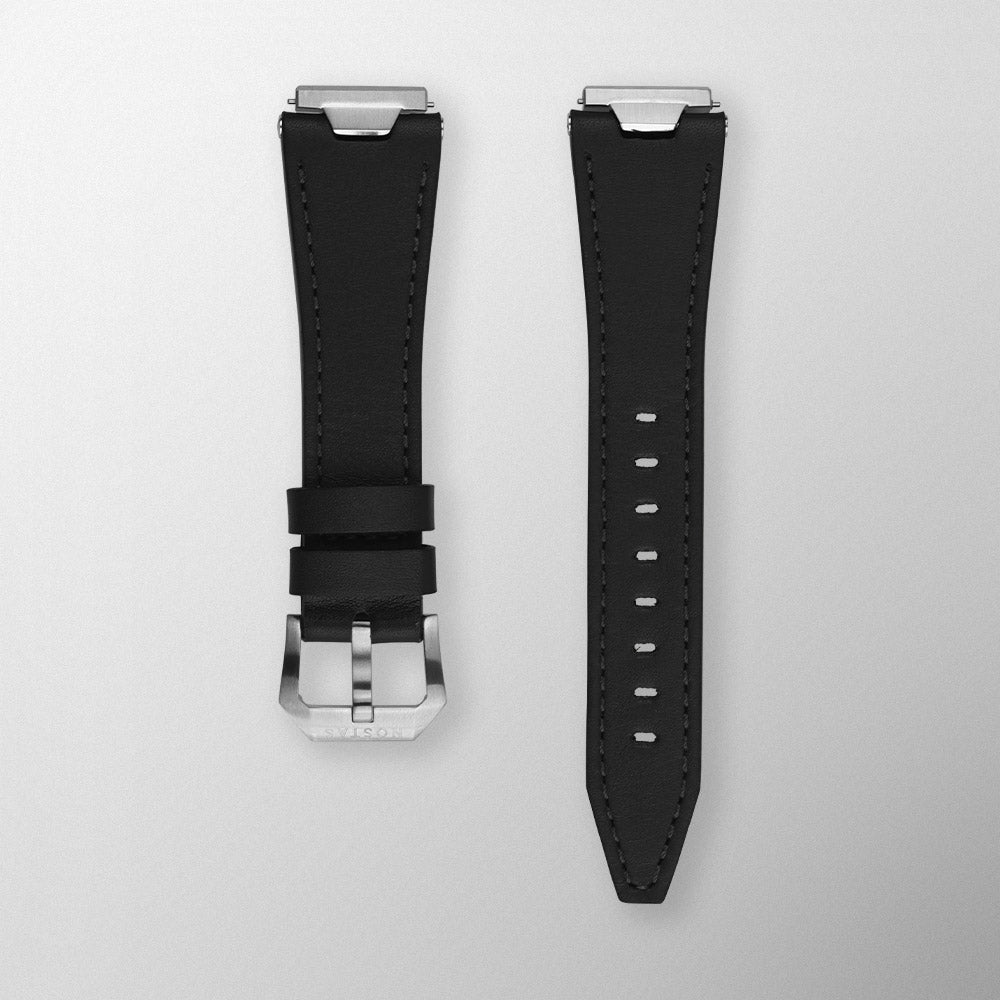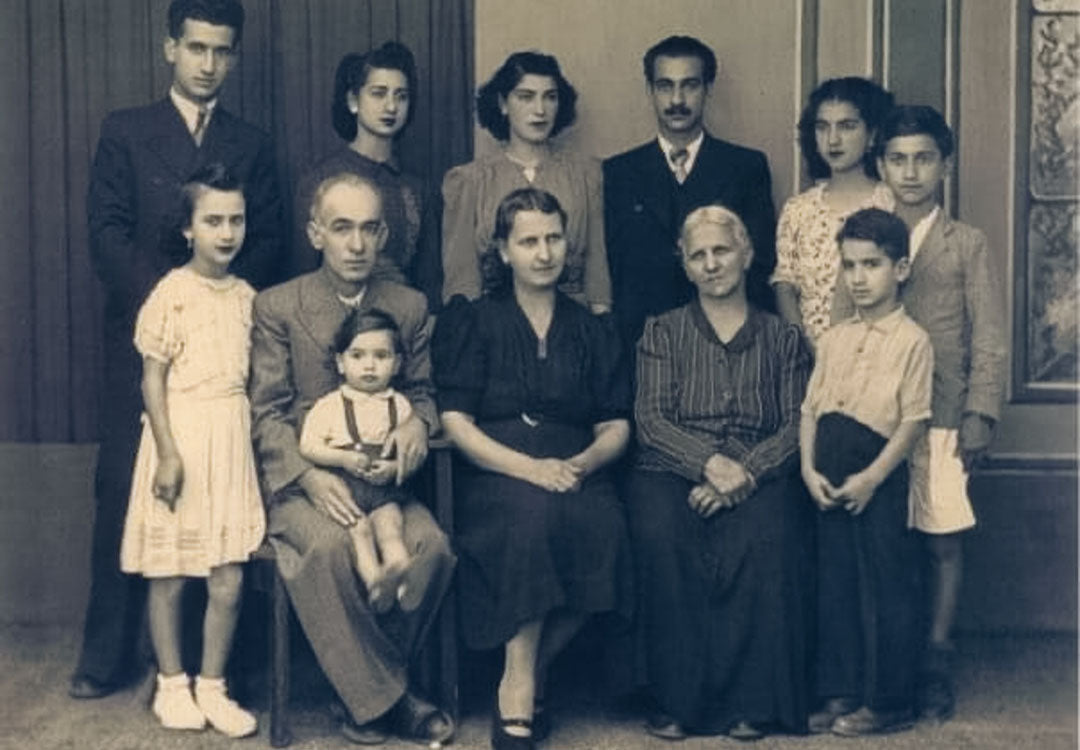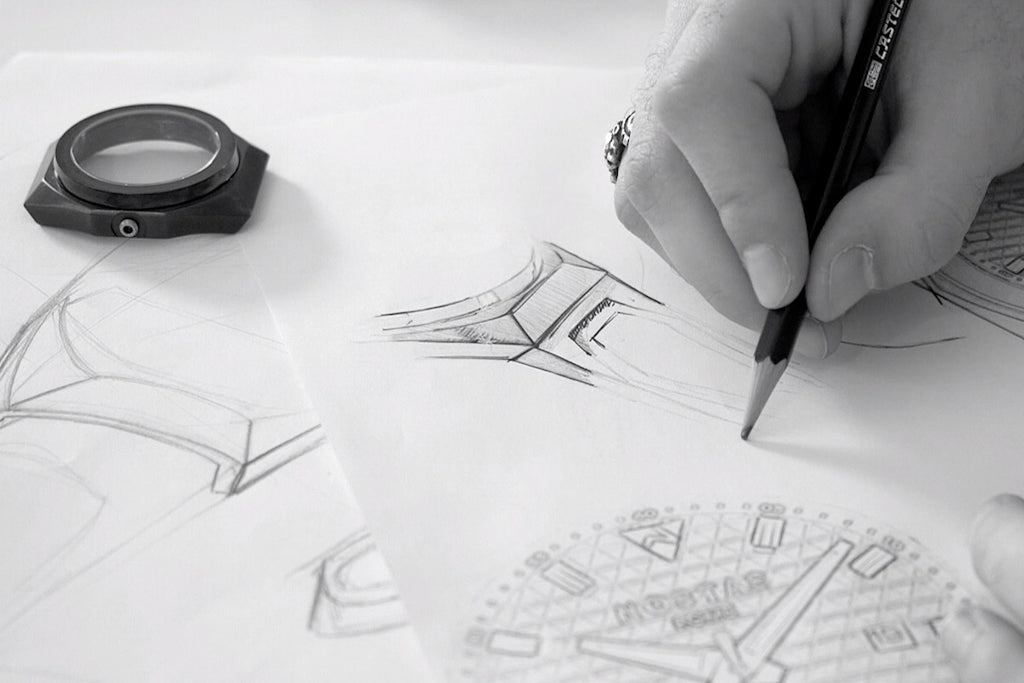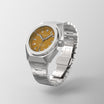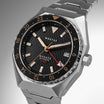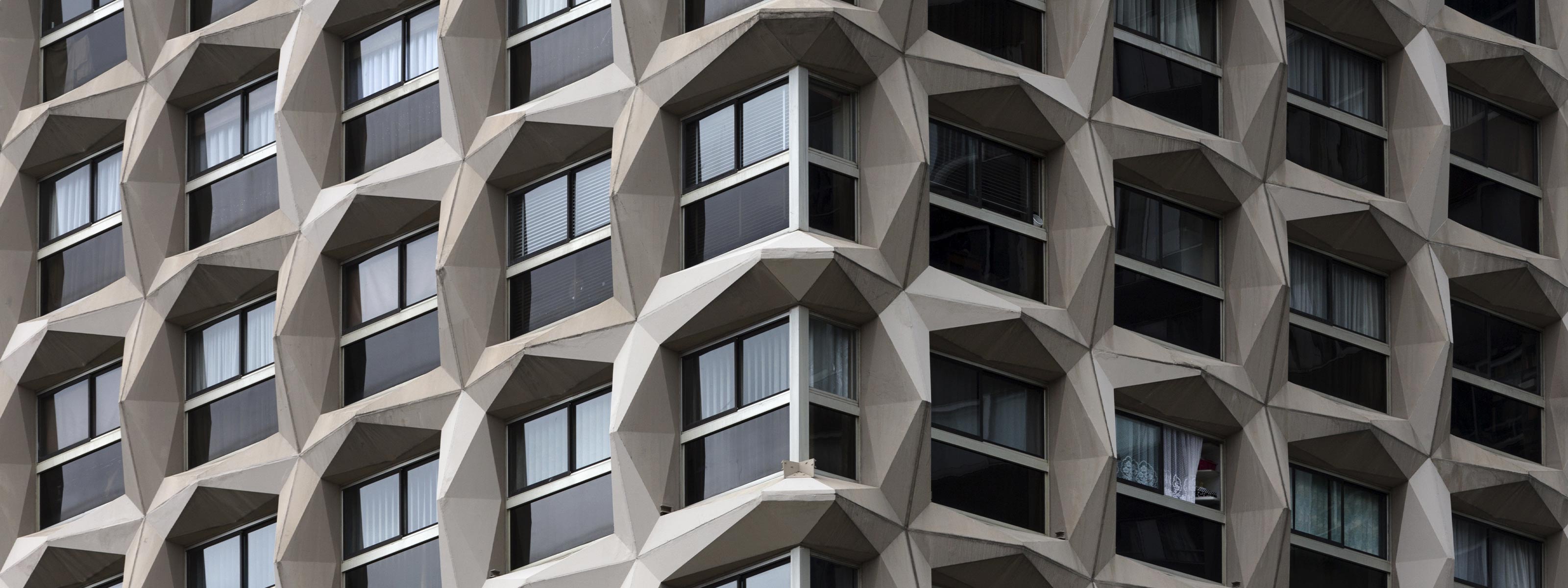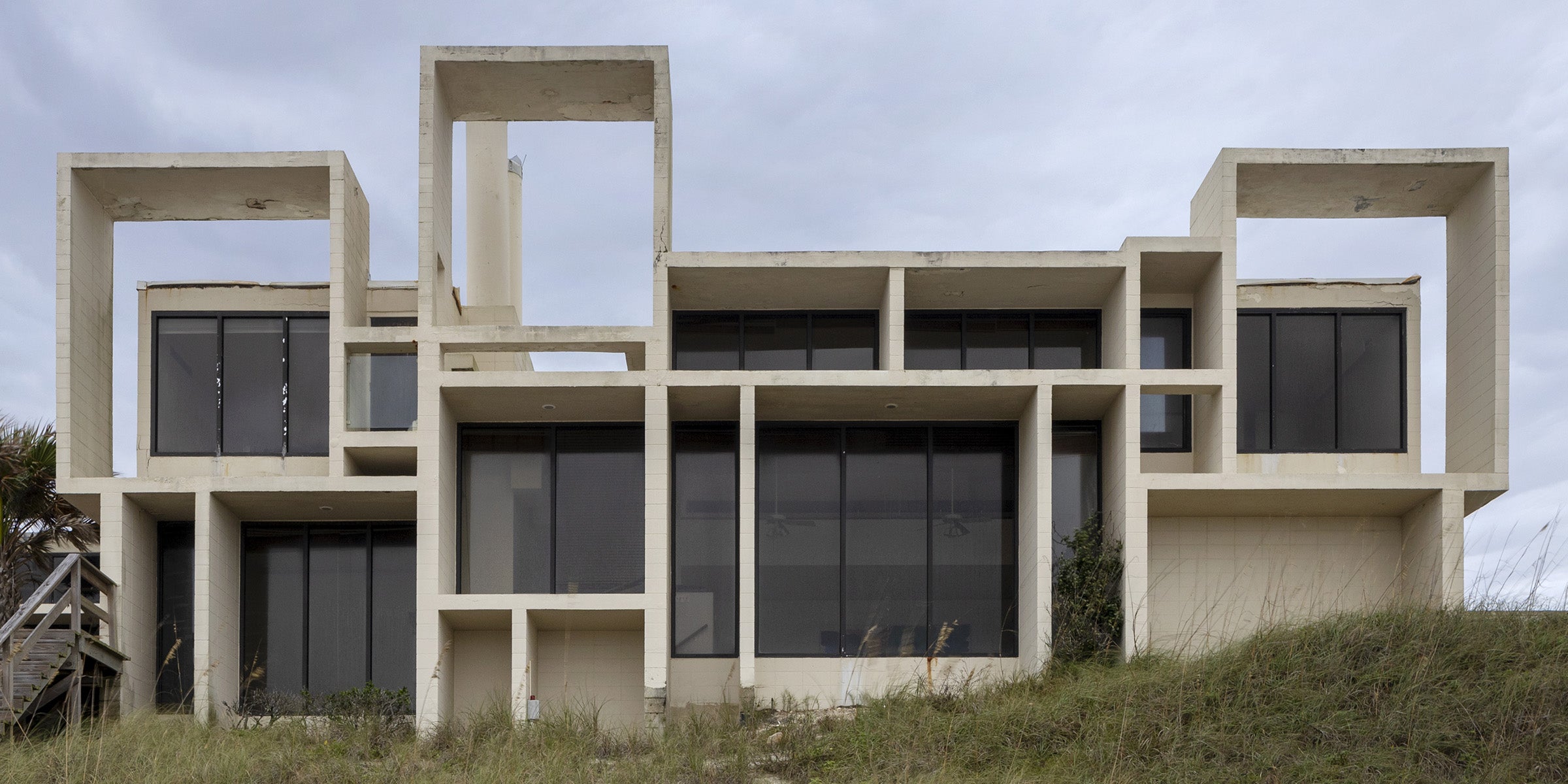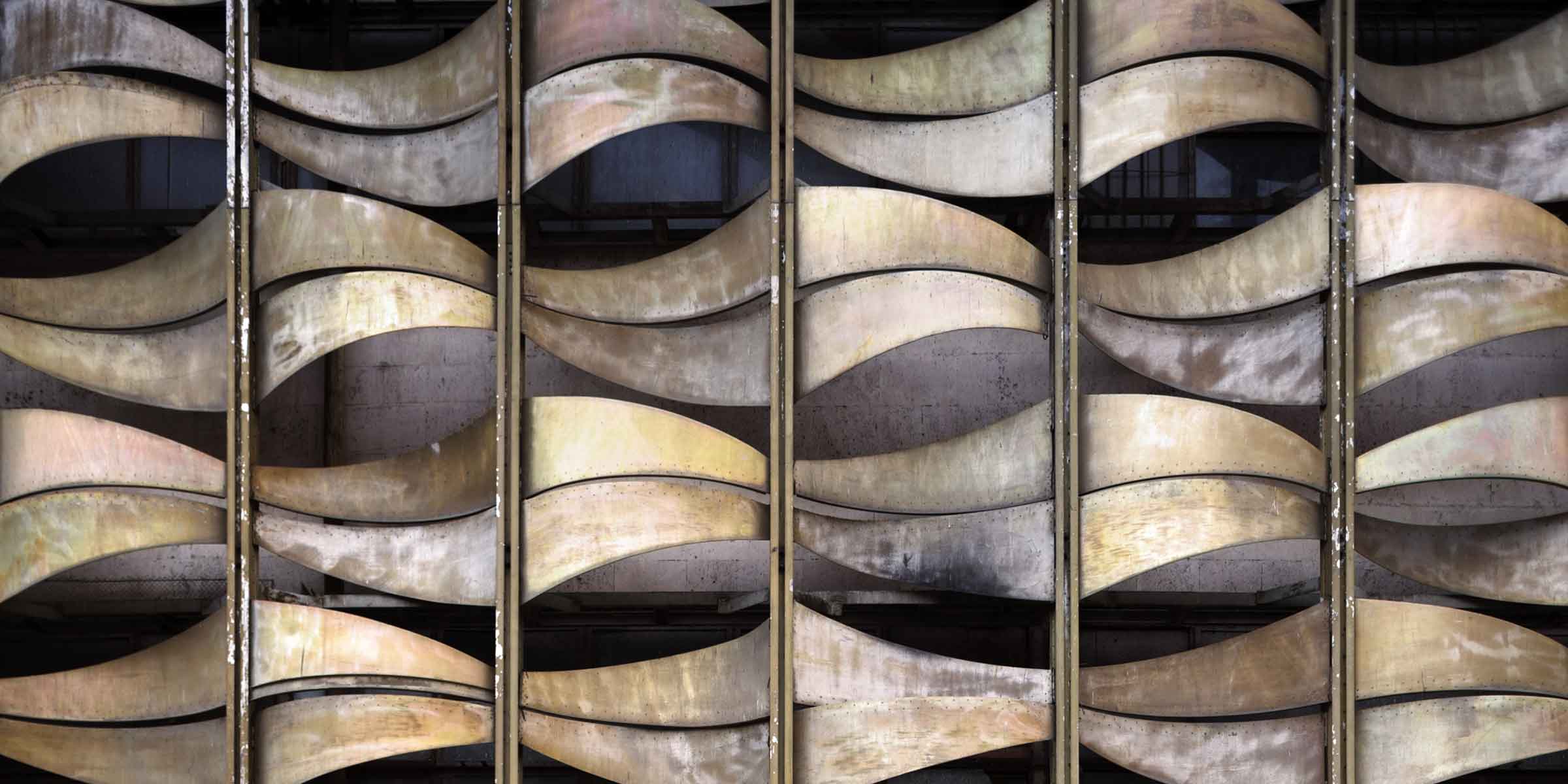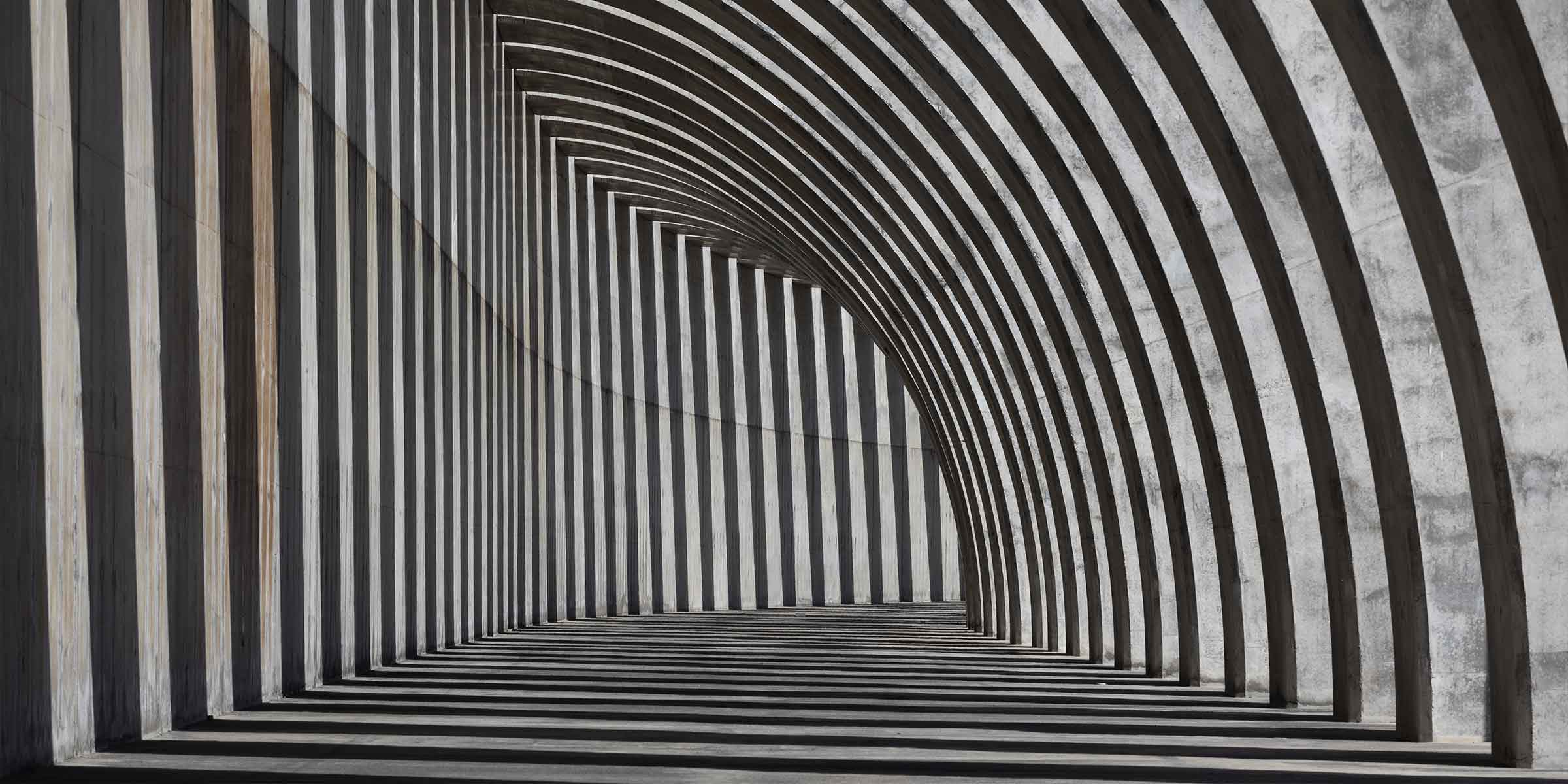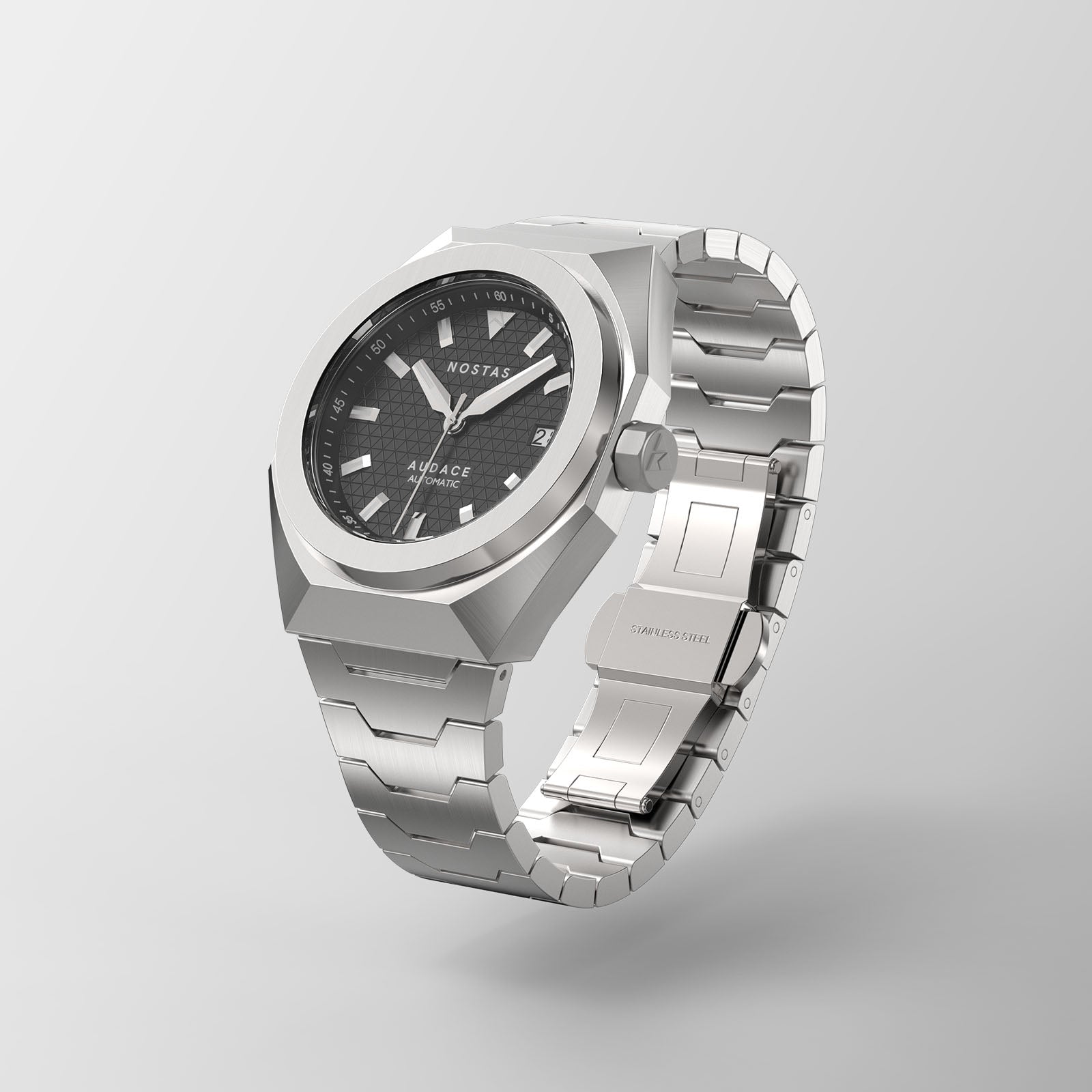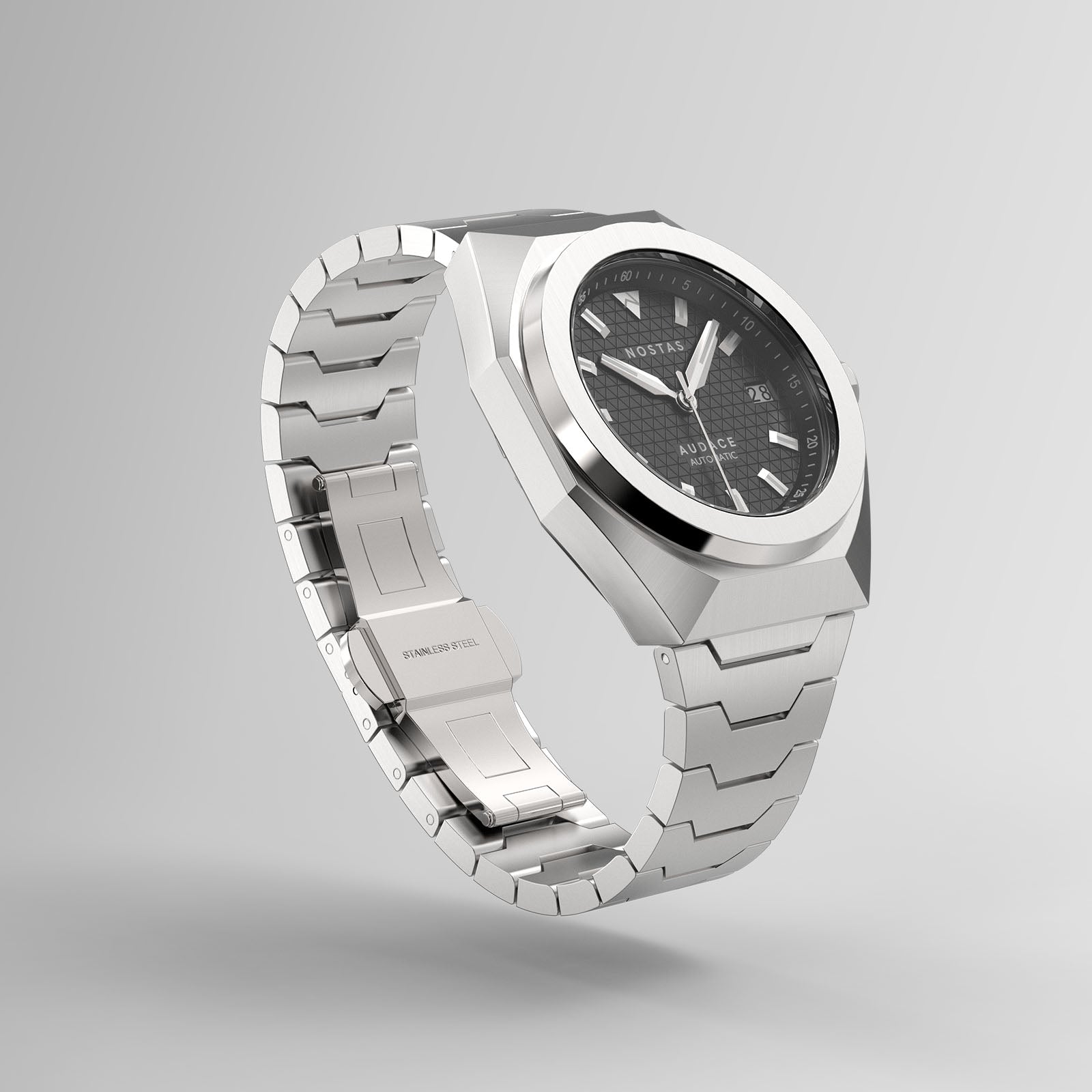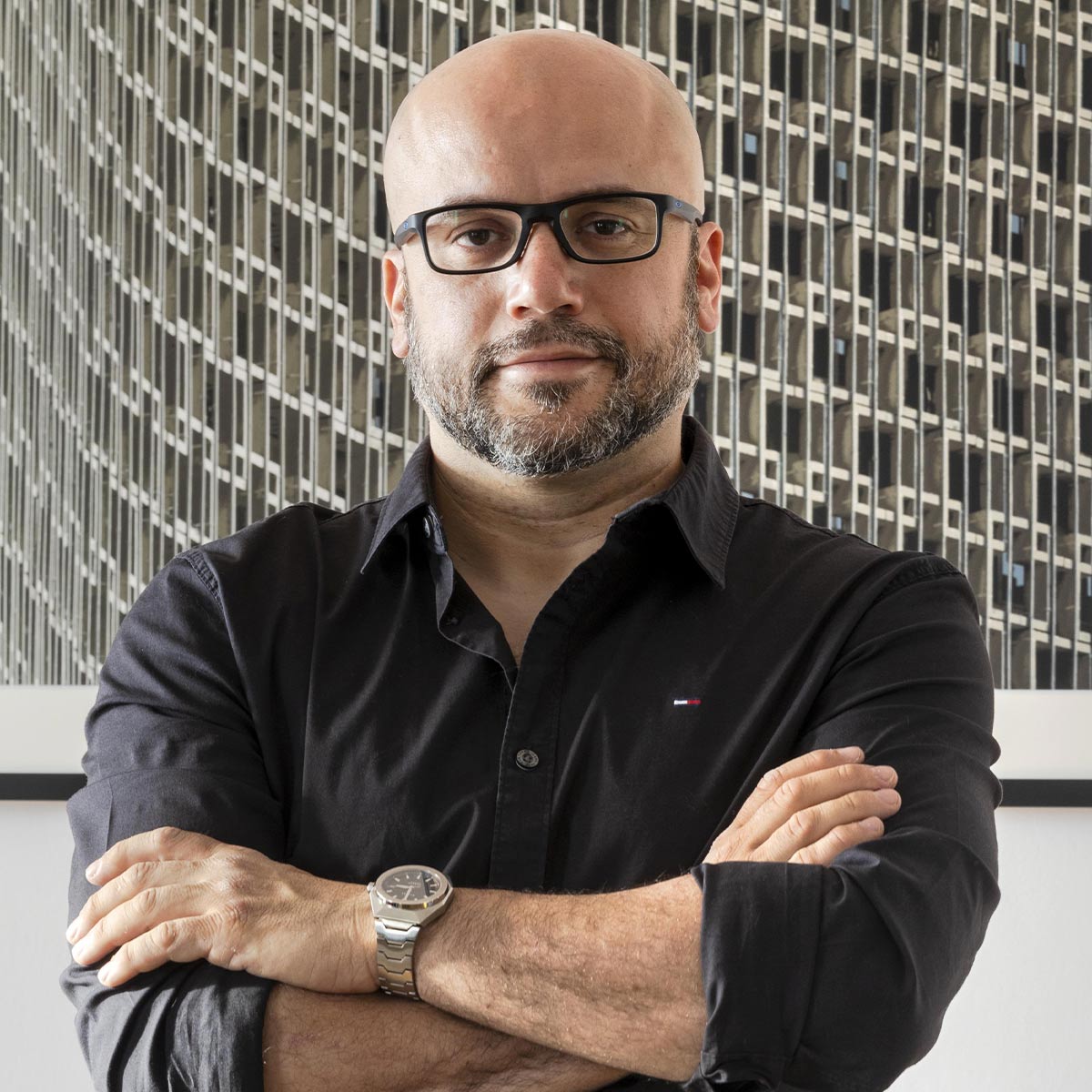
For nearly two decades, Roberto Conte has been delving into the intricacies of urban structures with his camera, transforming curiosity into visual art. His talent for looking beyond superficial details to capture the essence of architecture enables him to tell rich, historical narratives through his images.
His journey into architectural photography began in Milan, where he started exploring and photographing abandoned places, drawn more to their structure and form than their surface details.
"I had no particular photographic ambitions, but I was fascinated by the structural elements of these places."
This fascination led Roberto to explore not only historical architecture but also modern architectural movements, from rationalism to brutalism, so dear to us, and even Soviet modernism.
Conte’s photographic philosophy is characterised by a deliberate and contemplative approach, viewing photography as a powerful tool to tell the story of places and buildings. For him, each shot is a historical document that captures the state of a place at a specific moment, conveying not only the present but also the past of a building or space.
A key element of Conte’s work is translating three-dimensional spaces into two-dimensional images, a task that requires meticulous attention to composition and lighting. "Many people don’t have the opportunity to see firsthand what I depict in my photos," he says. "It’s a beautiful responsibility to try to do this as effectively as possible, which requires an authorial intervention."
INFLUENCES
Roberto draws inspiration from figures like Gabriele Basilico, a photographer of Milanese architecture whose images and thoughts have greatly influenced his work. Naturally, he also admires Bernd and Hilla Becher, founders of the Düsseldorf School and pioneers of modern architectural photography. Interestingly, Conte also cites the 18th-century engraver Giovanni Battista Piranesi, whose views and representations of places and ruins have been essential references for him. Piranesi’s approach to spaces, whether urban or ancient, and his compositional and perspective techniques have deeply influenced Conte’s work.
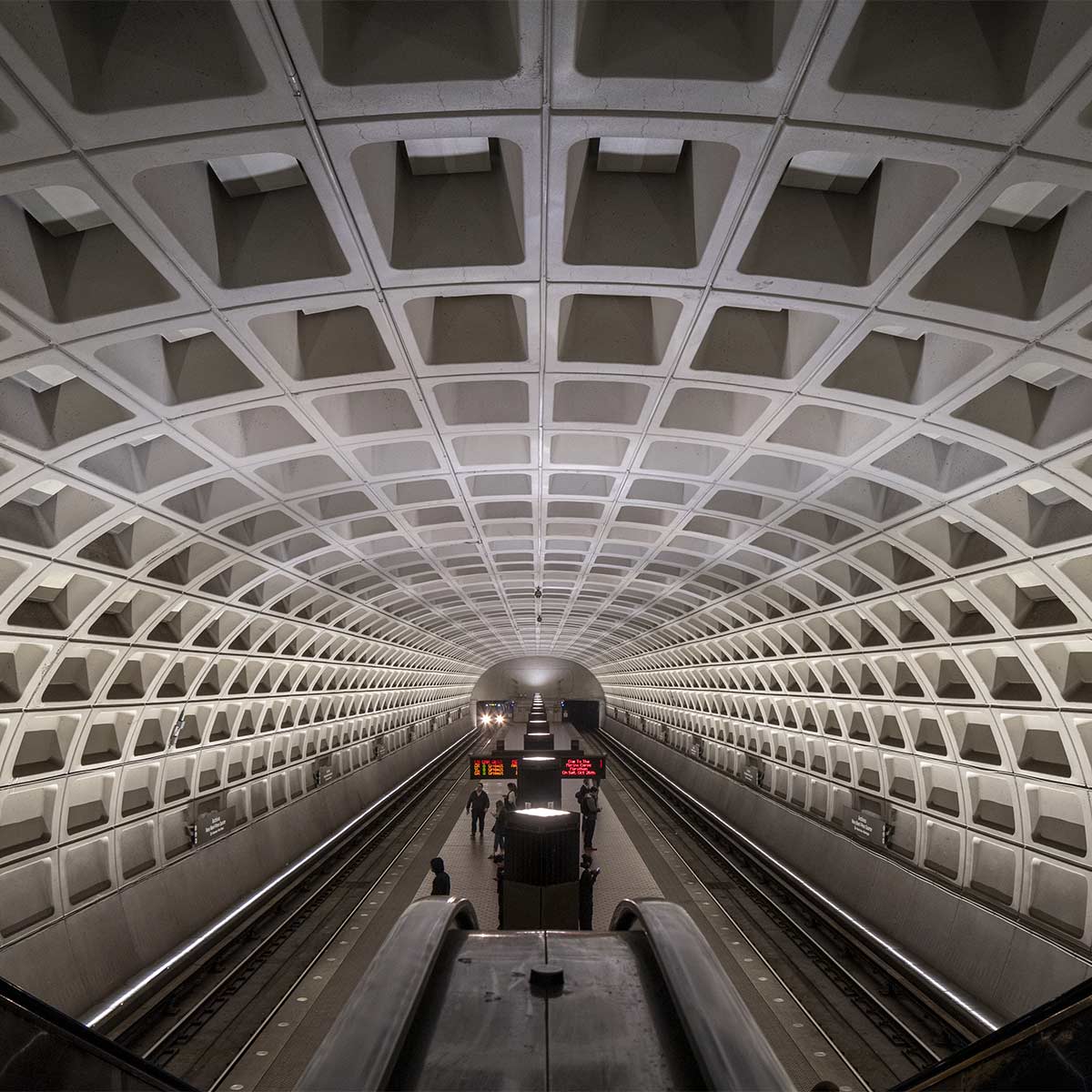
BRUTALISM
When discussing brutalism, Roberto’s enthusiasm is palpable. "I consider it as a phenomenon characterised by great and free experimentation," he says. "I believe it needs to be re-evaluated without preconceptions, and thankfully, this is already underway".
In this context, Roberto published the book “Brutalist Italy”, a collection of over 100 Italian brutalist buildings depicted through 146 images, gathered over five years of travels with his colleague Stefano Perego.
This architectural movement, with its bold and massive geometric forms, has profoundly influenced his work, leading him to develop a unique and recognisable style.
For Conte, as well as for us, brutalism has been a fundamental source of inspiration for the new Audace collection. Specifically, the design of the case, which has been a symbol of our identity since 2019, reflects this influence, with bold lines and a solid structure that embody the spirit of free experimentation and innovation that brutalism represents.
"I was intrigued by an Italian brand that has been on the market for a short time but is very serious and capable of offering such mature products," says Roberto. "The Audace collection, with its design inspired by brutalism, represents a perfect dialogue between lines and materials, a fresh and unconventional design that encapsulates a legacy of bold design experiences."
The partnership between Roberto Conte and Nostas represents a meeting of creative minds, united by a passion for art and architecture. We share with Roberto a vision that transcends appearances, exploring the depth of the forms and structures that surround us.
